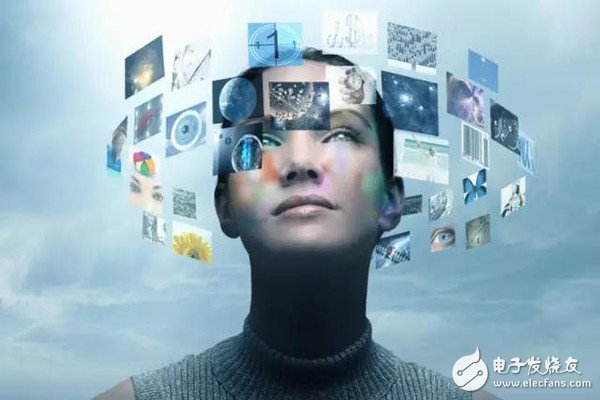When it comes to the most important technology in the VR field, eye tracking technology is definitely worthy of close attention by practitioners. Oculus founder Palmer Rachi once called it "the heart of VR." In this issue of VR+, let's talk about this technology that lets you and your device "browse".
1 What is eye tracking technology?

Eye tracking is a scientific application technology that allows users to flip pages and achieve operations without touching the screen. When the person's eyes look in different directions, the eyes will have subtle changes. These changes will produce extractable features. The computer can extract these features through image capture or scanning to track eye changes in real time and predict the user's status and Demand, and respond to the goal of using eye control equipment.
In fact, many people are no strangers to this technology. A few years ago, the Samsung Galaxy S4 controlled the pause and playback of the video through the eyeball. In the rumor, the iPhone7 will automatically correct the wrong vocabulary in the text according to the gaze of the eyes. The major manufacturers have never stopped exploring. But when it comes to the industry that is most keen on researching this technology, I am afraid that it is not VR. So, what changes does eye tracking technology bring to VR?
2 What can eye tracking technology bring?

Eye tracking technology can solve dizziness? At least the current VR practitioners think so. The imaging of the things people see will automatically adjust and adjust according to the distance of the eyes from the things. When we bring VR glasses, the distance between the eyes and the screen is fixed, so it will cause a certain degree of deception to the eyes, and if the screen The long-distance scene and the close-range scene played in the middle of the scene, the eyes will be unrecognizable, resulting in dizziness. The eye tracking technology can know the true gaze point of the human eye, thereby obtaining the depth of field of the viewpoint position on the virtual object. Therefore, eye tracking technology will become an important technological breakthrough in solving the problem of virtual reality helmet vertigo.
The advanced eye tracking technology can also make the VR head display images more natural and less delayed, which can greatly increase the playability, but only a series of technical problems must be solved.
3 What breakthroughs are needed for eye tracking technology?
At the moment, although many companies are studying eye tracking technology, no solution is satisfactory.
Taking pupil migration as an example, the image will be distorted in VR as your eye moves, but it can be completely corrected if it can be corrected for real-time correction based on eye tracking. According to Palmer Luckey, Oculus is trying to fix the problem with the applicable optical advantages, but it has not been perfectly solved, and it will never be solved without the eye tracking technology.

Pei Yun, director of the Super Multi-Dimensional SuperD Graphics and Image Algorithm Center, believes that VR eye tracking can be achieved with devices similar to the tobii eye tracker, but with the premise of solving the size and power consumption of the device. For example, the current tobii minimum size device has a pen size, but it is still too large for use on VR. In terms of power consumption, the eye tracker needs to emit a certain amount of infrared light. Take the device connected to the notebook as an example. After using it for a period of time, it will obviously feel hot. If it is to be applied to the VR head display, it should be deepened in reducing power consumption.
In fact, in the eyes of the industry, from the eye tracking technology itself, although there are some restrictions on VR, but the feasibility is still relatively high, such as external power supply, the VR structure design is made larger. But the bigger challenge is in adapting to the movement of the eye by adjusting the image. These image adjustment algorithms are currently blank. There are two indicators, one is that the image is natural and the other is that the fast delay is small. This puts higher requirements on VR+ eye tracking. If these two points are reached, the playability of VR will be improved by another level.
wzc , https://www.dg-wzc.com